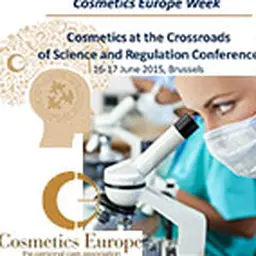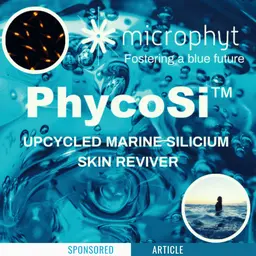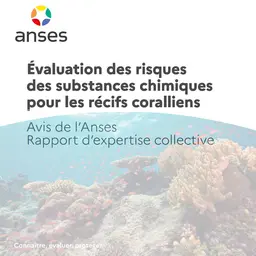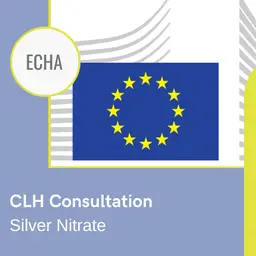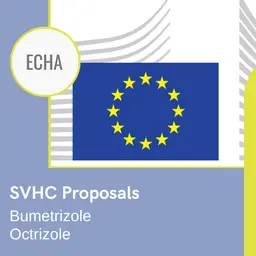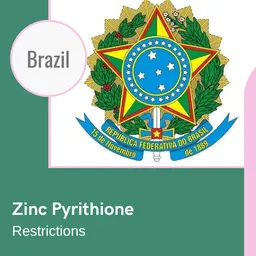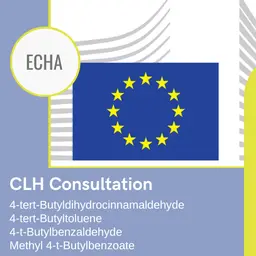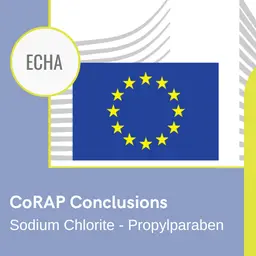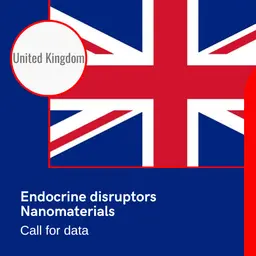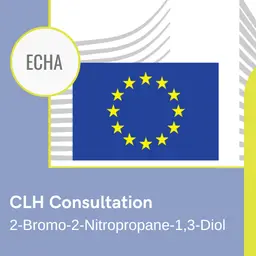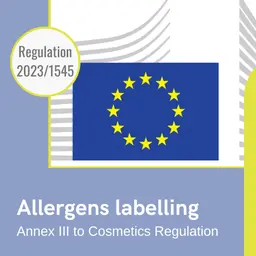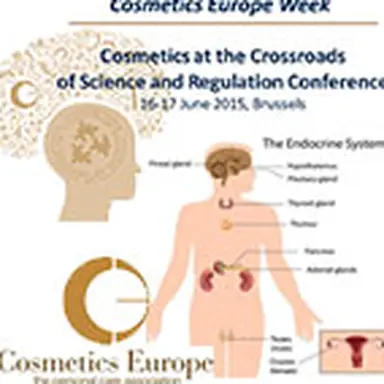
The effects of endocrine disruptors on human health and reproduction raise a lot of concern and emotions among the general public. On what basis should they be assessed to be best regulated? According to the potential hazard they represent or according to the risk they actually involve? The debate is raging among political and scientific spheres. Gisela Degen came to the second Cosmetics Europe International Conference held last June 16-17, 2015, in Brussels to explain where the SCCS stands.
Gisela Degen is responsible for the studies on chemical risks at the ifADo research centre of Dortmund, Germany, and is also a permanent member of the SCCS. She is a scientist, and expressed herself as such. Her presentation thus started with a few definitions.
A vocabulary lesson
One of the essential points when assessing the safety of cosmetic ingredients with endocrine-disrupting properties is the difference between the hazard of a substance – what it can do – and the risk it represents – what it actually does – in particular given its routes of application and human exposure. The usual image used to illustrate this aspect is that of a lion: it is really dangerous for Man, since it can attack and kill, but if it is put in a cage, the risk it represents is minimal, even inexistent.
Today, chemicals are assessed according to the risk they involve before being regulated. But endocrine disruptors have such specific characteristics that they challenge this very principle.
The WHO definition
In 2002, the IPCS (International Programme on Chemical Safety) initiated by the WHO suggested a definition that is now used as a reference:
‘An endocrine disrupter is an exogenous substance or mixture …

